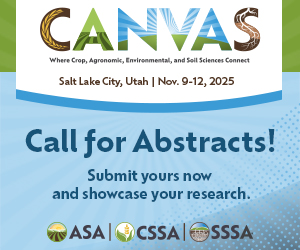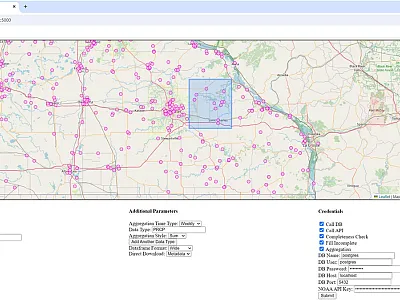Incorporating Cowpea Residue Improved Millet Productivity

Pearl millet (Pennisetum glaucum (L.) R. Br.) is the staple food for more than 55% of Senegal’s population. Growing cowpea (Vigna unguiculate (L.) Walp) in rotation with millet can increase millet productivity through biological nitrogen fixation. However, in Senegal, legume crop residues are generally removed for livestock feed, and little information exists on how burying cowpea residue instead of removing it affects subsequent crop yield.
In 2020 and 2021, researchers evaluated 20 cowpea varieties, two fertilizer rates, and residue management practices (residue removal versus burying) in cowpea–millet rotations in Bambey, Senegal. Applying fertilizer to the previous cowpea crop increased millet grain yield by 63% compared with non‐fertilized cowpea plots. Furthermore, incorporating cowpea residue prior to millet planting, compared with removing it, increased millet yield by 40% in 2020, but not in 2021. Across years, millet grain yield increased by 0.16 1 kg ha−1 for each kg increase in cowpea biomass buried prior to millet planting.
Overall, the results showed a minimum of 1500 kg ha−1 cowpea buried biomass was required to increase millet grain yield above 1000 kg ha−1. Further studies of legume–cereal crop rotations in other locations will help broaden these results’ applicability.
Adapted from
Tine, S., Faye, A., Obour, A. K., Diouf, D., Ndiaye, J. B. M., Lo, M., Akplo, T. M., Ndiaye, S., & Assefa, Y. (2023). Cowpea residue management effect on productivity of subsequent millet in a legume‐cereal crop rotation. Agrosystems, Geosciences & Environment, 6, e20413. https://doi.org/10.1002/agg2.20413
Text © . The authors. CC BY-NC-ND 4.0. Except where otherwise noted, images are subject to copyright. Any reuse without express permission from the copyright owner is prohibited.







